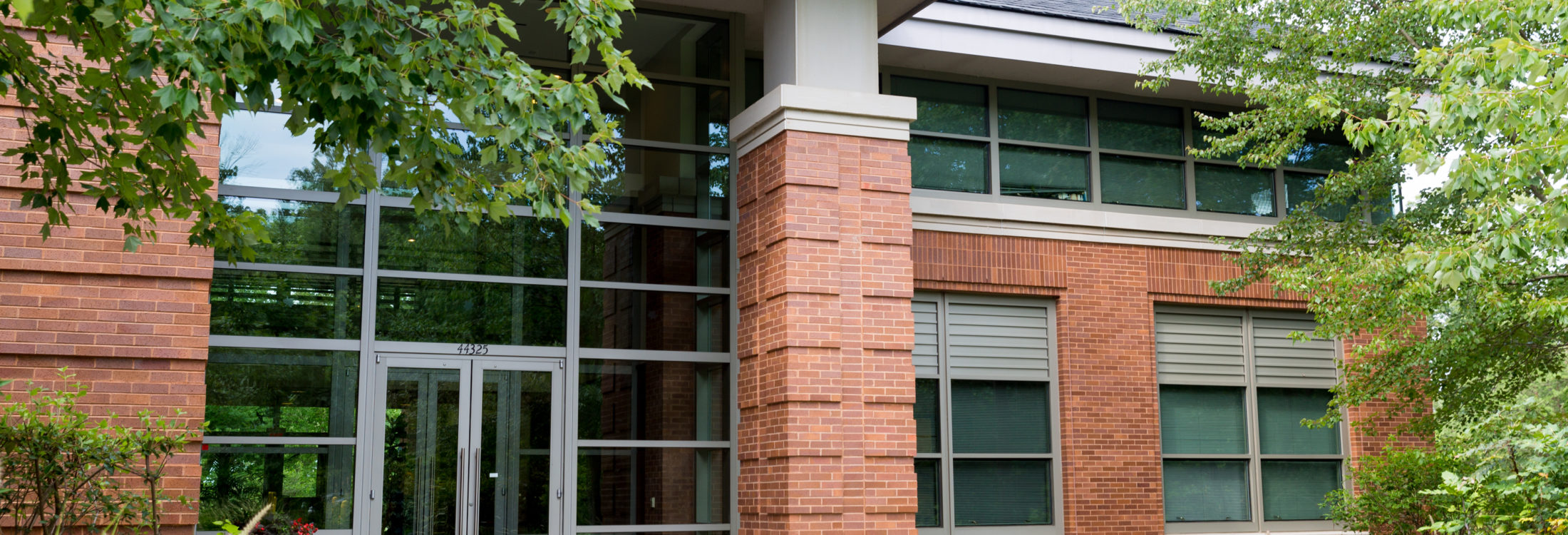High-Achieving, Low-Income Graduates in a Pandemic: Results of a National Survey
Executive Summary
In August and September of 2021, the EdWeek Research Center surveyed nearly 1,500 high-achieving high school graduates from the Class of 2021 to assess the pandemic’s impact on their high school experiences and post-high school plans. The nationally representative survey found that 2021 graduates saw heightened stress along with financial hardship as they enrolled in college, started full-time work, or took on caregiving roles. The 2021 survey followed the research center’s previous study examining the pandemic’s effects on high-achieving students in the 2020 graduating class. Since the 2020 and 2021 surveys included many of the same questions, the research provides an opportunity to gauge how this year’s high-achieving graduates were faring compared to their peers a year earlier.
The effects of the COVID-19 crisis on the Class of 2020’s high school experiences were sudden and intense, but took place starting in the final months of students’ senior year. By contrast, the Class of 2021 faced over a year of pandemic-impacted education. The findings reveal two main trends that highlight the instability and uncertainty high schoolers continue to face
upon graduation.
First, disruption to students’ postsecondary plans intensified in 2021, with fewer graduates reporting that they had been able to stick to their pre-pandemic plans to attend two- or four-year colleges. The proportion of respondents who reported changing their post-high school plans in order to care for a family member who had COVID-19 or was at risk of suffering severe consequences from the virus increased from 2020 to 2021, as did the share of graduates who said they experienced “some” to “a lot” of health-related and economic stress.
Second, disparities between low-income graduates and their higher-income peers persisted and in some cases widened. Lowincome, high-achieving graduates were more likely to say they use money from their own jobs to support their family rather than to pay for college-related expenses as planned. Low-income students also more often reported that they will need financial aid to attend college but haven’t yet taken steps to apply for it. The magnitude of both discrepancies grew from the 2020 to the 2021 survey.
These results arise even as 2021 graduates received more support from their high schools for college and postsecondary planning than their 2020 counterparts, according to survey responses.
The survey’s key findings include:
• Just 62 percent of 2021 graduates who planned to attend a four-year college and 44 percent of those who planned to attend a two-year college had been able to follow through on those plans by September of 2021, both down more than 10 percentage-points since 2020.
• More than 1 in 5 low-income 2021 graduates (22 percent) said they changed their college or job plans to care for a family member infected with or at high risk for COVID-19. Less than half that percentage (8 percent) of higher income graduates said the same.
• Twenty-one percent of low-income graduates said that money from their own jobs now has to go toward supporting their family, rather than paying for college-related expenses.
• The share of graduates who “never” received support from their high school on questions related to financial aid declined from 23 to 14 percent, and the percent whose schools never provided information on work and apprenticeship opportunities declined from 26 to 15 percent from the 2020 to the 2021 survey.
It’s not yet clear whether the postsecondary disruptions brought on by COVID-19 represent short- or longer-term changes in plans for 2021 graduates. Regardless, strengthening non-traditional pathways to college will likely be critical in helping students who graduated during the pandemic find their way back to postsecondary education.
